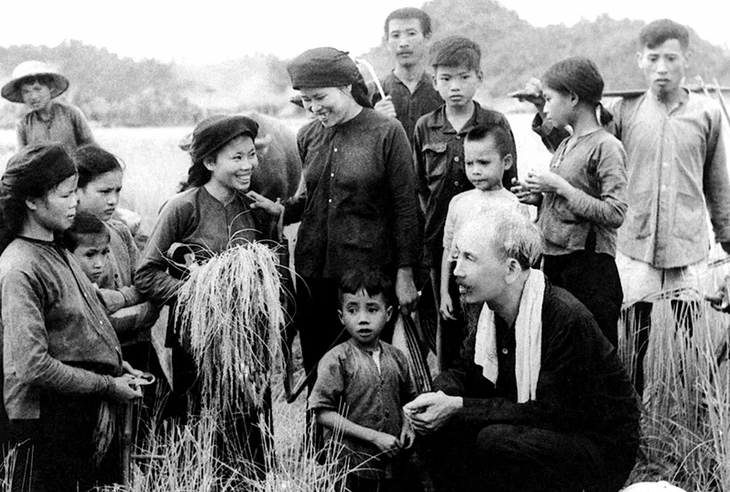
During the difficult years of the resistance war against French colonialism, Dinh Hoa Safe Zone (ATK), Thai Nguyen became the nerve center of the Vietnamese revolution. This was not only the place where Uncle Ho and the Party Central Committee led the resistance war, but also the place that marked Uncle Ho's deep affection and devoted care for children, especially orphans and children who suffered from war. That affection was not only for children in ATK but also for children across the country, becoming a symbol of compassion and deep concern for future generations.
“Uncle Ho Children's Camp” – a place to nurture the future in the war zone
In 1947, when the French colonialists launched a large-scale attack on Viet Bac, many families were broken up, children lost their parents, and wandered in chaos. Understanding the pain of the children, Uncle Ho directed Mr. Vu Ky and the security team to find and pick up 35 children, aged 6 to 11, to Khau Tat and Tin Keo hills. These children, including 10 girls, were cared for by Uncle Ho as if they were his own children. Uncle Ho and the cadres and soldiers personally cut down trees, chopped palm leaves, and built a neat camp in Na Lom hamlet, named "Uncle Ho's Children's Camp".
What is special is that in the time of war, Uncle Ho did not use the government budget to feed the children. Instead, he and everyone else voluntarily reduced their food rations, planted more cassava and potatoes, and raised pigs and chickens to ensure food for the camp.
Mr. Ta Quang Chien (later Minister of Sports and Physical Training) and Mrs. Chinh, wife of Mr. Vu Ky, were assigned to raise the children. For 9 years, the children's camp became a warm home where the children were cared for, educated and grew up under the love of Uncle Ho. Many of the children, when they were over 70 years old, still returned to the Tin Keo relic to express their deep gratitude to Uncle Ho - the person who gave them a meaningful childhood between the life and death line of war.
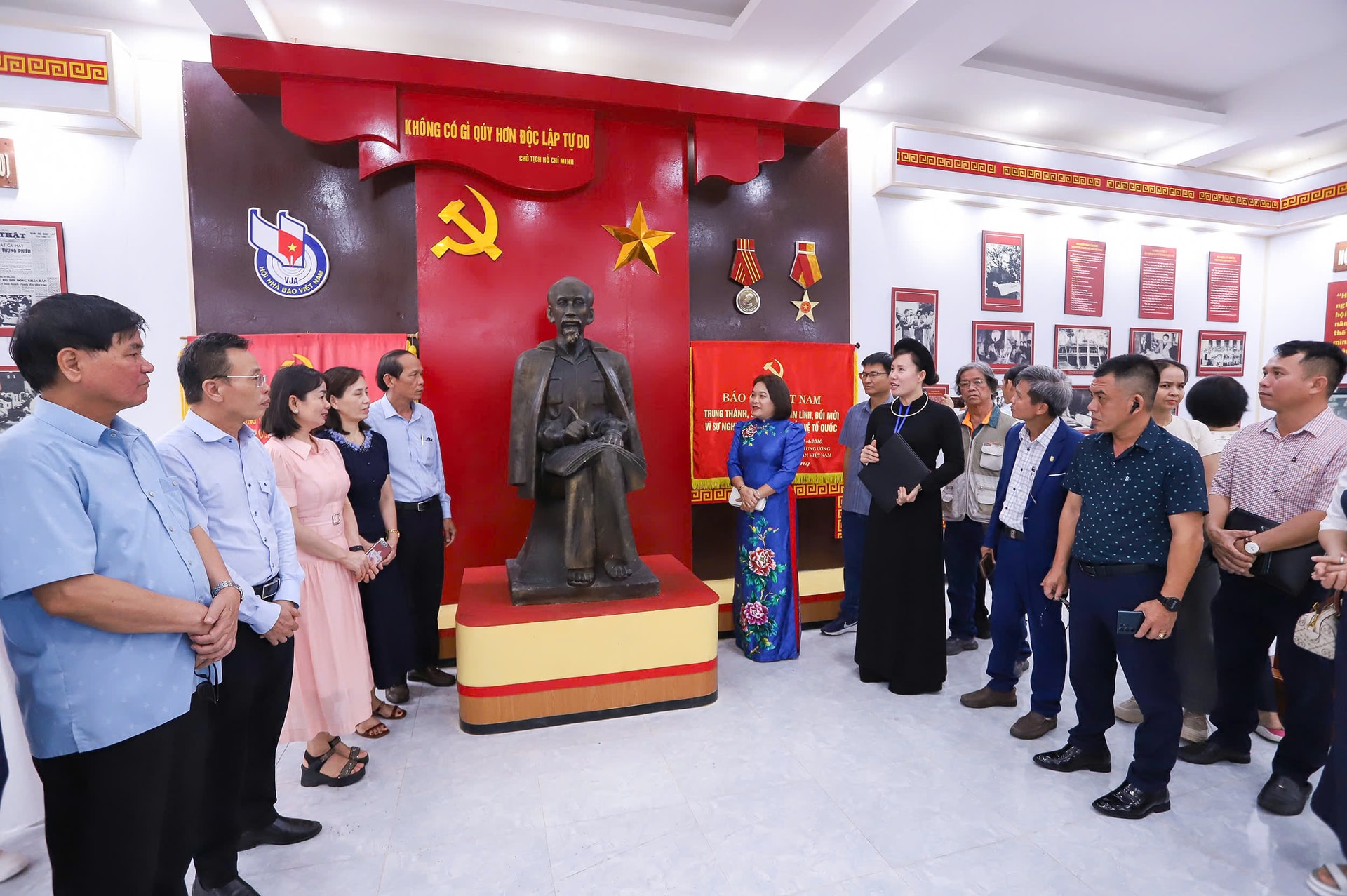
Where we went, there was no trace of "Uncle Ho's Children's Camp", but there was a story of "Uncle Ho's Children's Camp" that remained forever in the hearts of many generations of AKT Dinh Hoa people and children across the country. Although busy with the work of leading the revolution, Uncle still took time to care for the unfortunate lives, ensuring that the children not only had food and clothing but also were nurtured in spirit and knowledge to become useful people for the country.
Mr. Ke in the hearts of the people and children of ATK Dinh Hoa
At ATK Dinh Hoa, the image of Uncle Ho close to children has become an unforgettable memory in the hearts of the people. This image is also known by many people in a lesson in a textbook for primary school.
The article in Tuoi Tre newspaper recounted that Mr. Ma Dinh Bai, then only 13 years old, still clearly remembered the first time he met Uncle Ho - the person the children affectionately called "Mr. Ke". He said that when he accidentally called Uncle Ho "Mr. Ke", Uncle Ho just smiled kindly and walked away. After that meeting, the children in the village, including Mr. Bai, often eagerly waited to see Uncle Ho, whom they only knew as a "very prestigious old man". Uncle Ho's simplicity and closeness made the innocent children feel the warmth as if from a grandfather in the family.
Not only the meetings, Uncle Ho also instilled a sense of responsibility in the children. Mr. Bai’s brother, Mr. Ma Dinh Hoang – one of the eight people protecting Uncle Ho in the outer circle, instructed him on the “3 no’s” principle: do not reveal Uncle Ho’s whereabouts and movements, do not listen to irrelevant matters, and do not answer any questions about Uncle Ho, whether from acquaintances or strangers. Children like Mr. Bai, although young, were soon aware of their role in protecting Uncle Ho and the revolution, thereby demonstrating Uncle Ho’s trust in the younger generation.
Big heart and childlike love through small things
Another touching story is about Mrs. Ha Chi Nhan, daughter of revolutionary Hoang Quoc Viet, who was named by Uncle Ho on her full-month day at the ATK Dinh Hoa resistance base. Born in January 1949, in the mountains and forests of Viet Bac, Mrs. Nhan was lucky to be held in Uncle Ho's arms, photographed with his family and named "Chi Nhan" with the profound meaning of humanity, righteousness, courtesy, wisdom, and trust. Uncle Ho not only named her, but also cared about her life when she was young. Once, Uncle Ho gave her mother a piece of white cloth to make a dress. Because the piece of cloth was small, her mother could only sew a short dress, with a hair bow from the leftover fabric. That dress, though simple, became a precious keepsake, a testament to Uncle Ho's thoughtfulness for children, even during the difficult days of resistance.

Mrs. Nhan still remembers the times Uncle Ho visited the kindergarten in Khe Khao, Bac Kan, where she and the children of the cadres were raised. Uncle Ho brought candy to share with the children, talked to them and encouraged them. Those simple gestures were deeply engraved in her mind, so that later, when studying abroad in Hungary, she always remembered Uncle Ho's advice: study the quintessence of civilization, cultivate knowledge to build the country. That spirit has followed her throughout her life, from when she was a student to when she became an educator and researcher.
Uncle Ho's love for children across the country
Uncle Ho's affection was not only for the children at ATK Dinh Hoa but also spread to children across the country. During the years of resistance, Uncle Ho always emphasized the role of the young generation - those who would continue the revolutionary cause. He often visited schools and orphanages, sharing with them his ideals of living, studying and contributing. Even when the country was at peace, Uncle Ho still took the time to visit the School for Ethnic Minority Children in Thai Nguyen in March 1960, encouraging them to study and practice to become good citizens.
Uncle Ho's love for children is shown through concrete actions, from caring for orphans in the war zone to guiding and inspiring the younger generation across the country. Uncle Ho always considered children as the "seeds" of the future, needing to be nurtured both materially and spiritually. The stories about Uncle Ho at ATK Dinh Hoa, from setting up a children's camp, naming children, or sharing pieces of fabric to make dresses... are a boundless love, always directed towards the next generation.
Memories of Uncle Ho live forever at ATK Dinh Hoa
Today, at ATK Dinh Hoa, relics such as Tin Keo hut, Khau Ty hut or Uncle Ho Memorial House on the top of De Pass still preserve memories of the years when Uncle Ho lived and worked with the people and children here.
Uncle Ho's love for children is not only a touching story but also a lesson about compassion, simplicity and responsibility for the future of the country. The children of the past at ATK Dinh Hoa, although now old, still remember the image of Uncle Ho - the old father of the nation, who devoted his whole heart to taking care of the young generation, even in the most difficult days.
Source: https://baoquangnam.vn/tinh-cam-bac-ho-danh-cho-thieu-nhi-o-atk-dinh-hoa-3155889.html




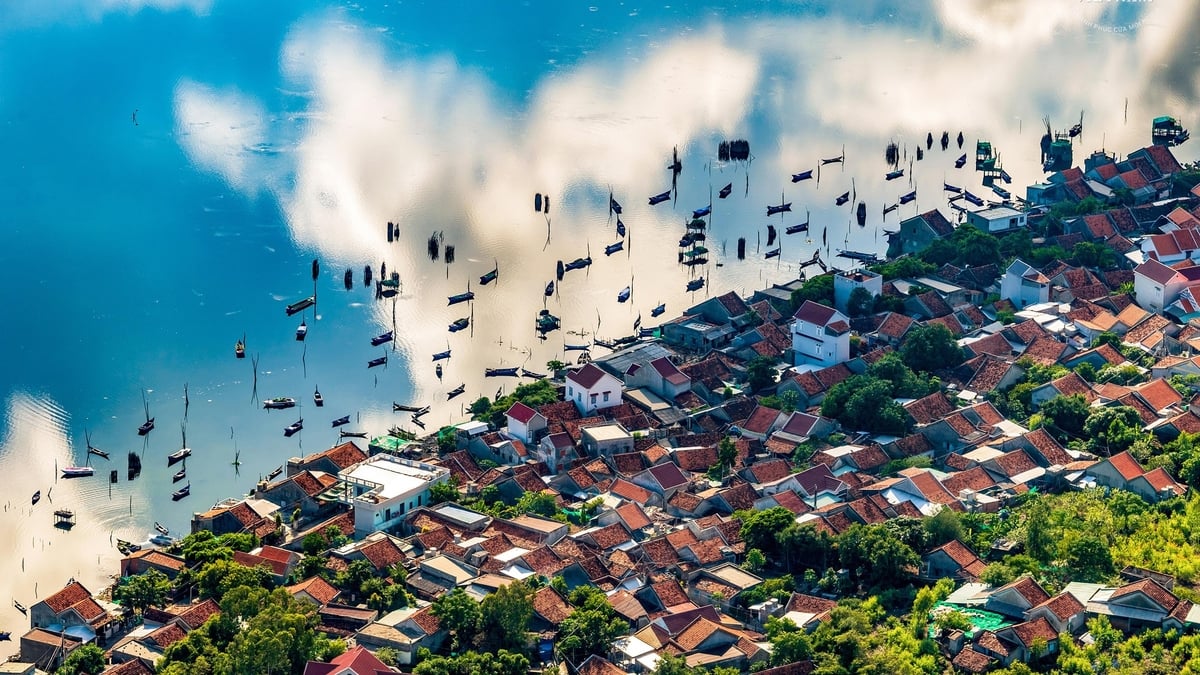



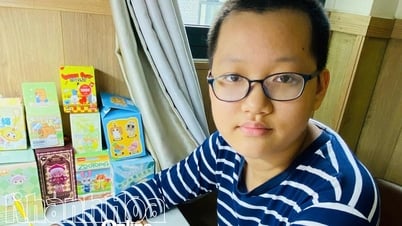

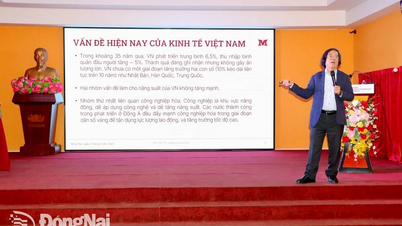



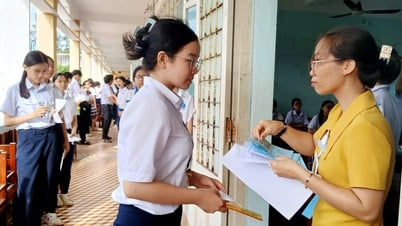


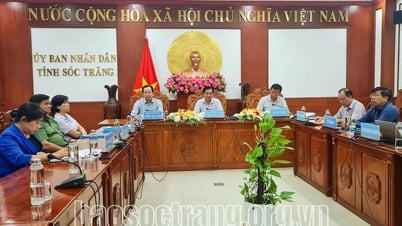





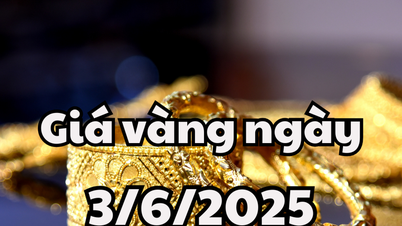

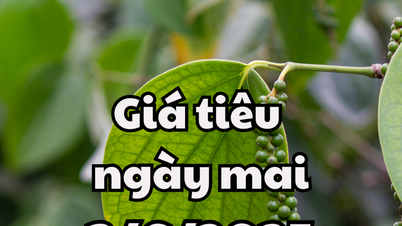
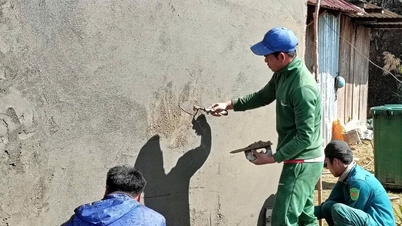
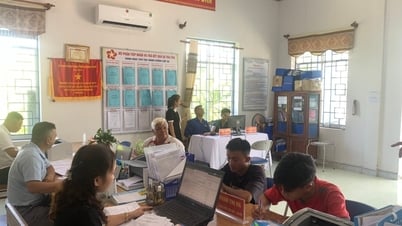











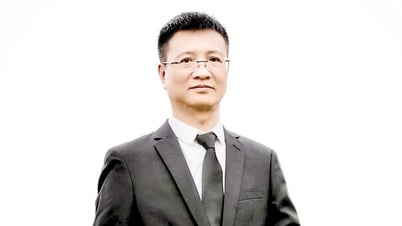

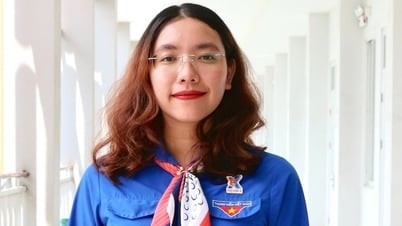

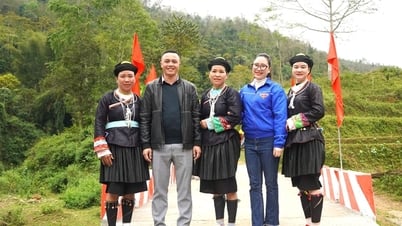

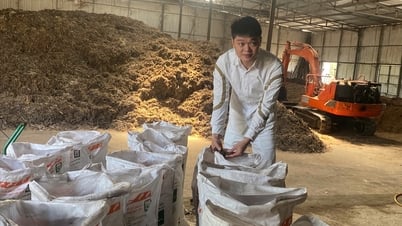





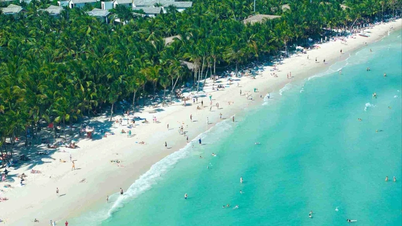






















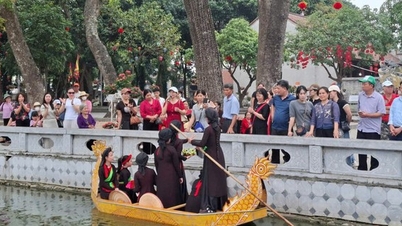
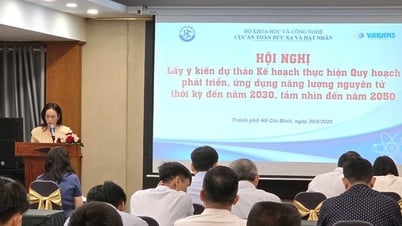
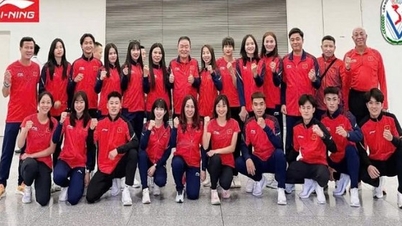
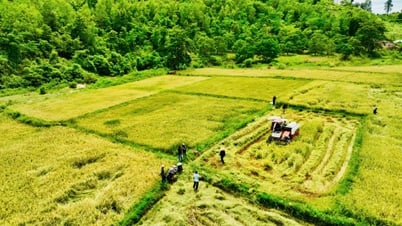
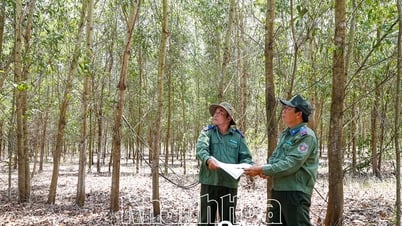
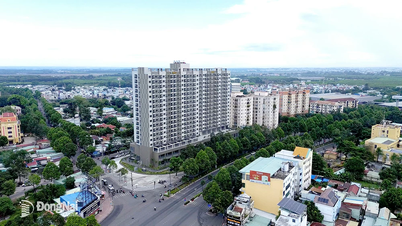
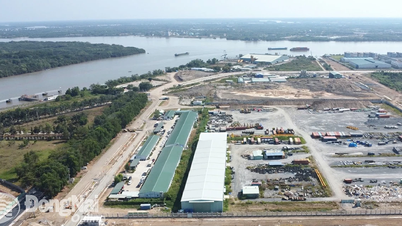









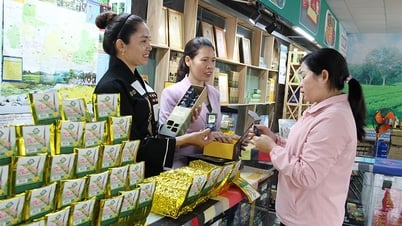

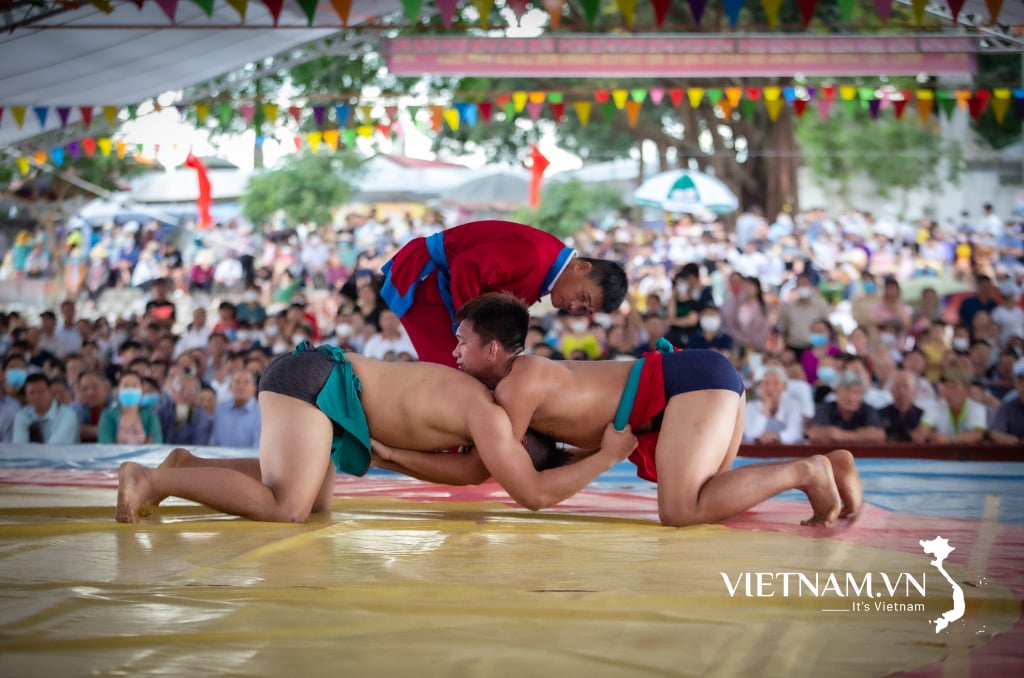


Comment (0)